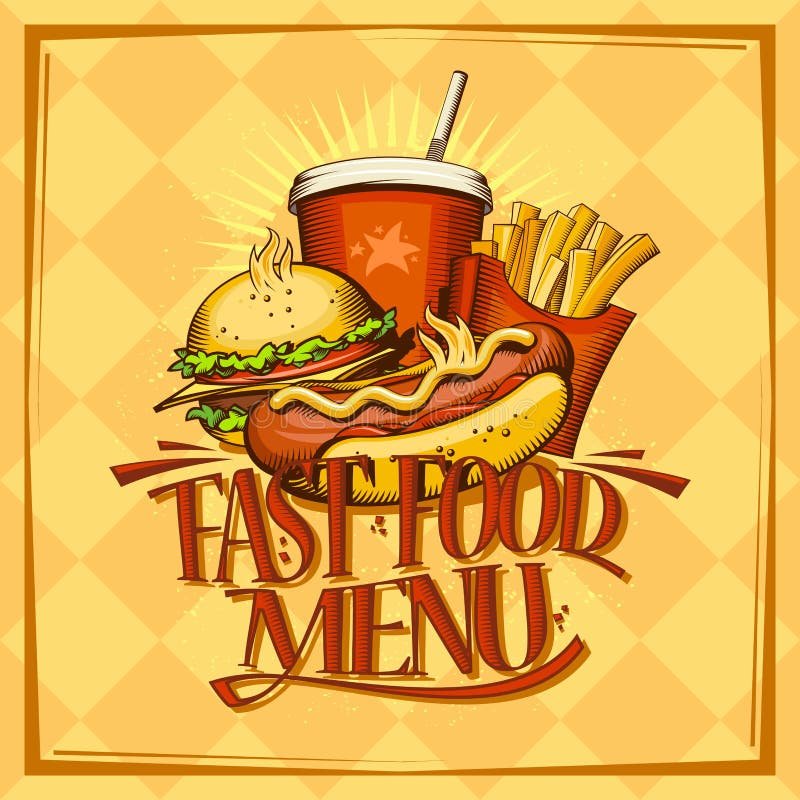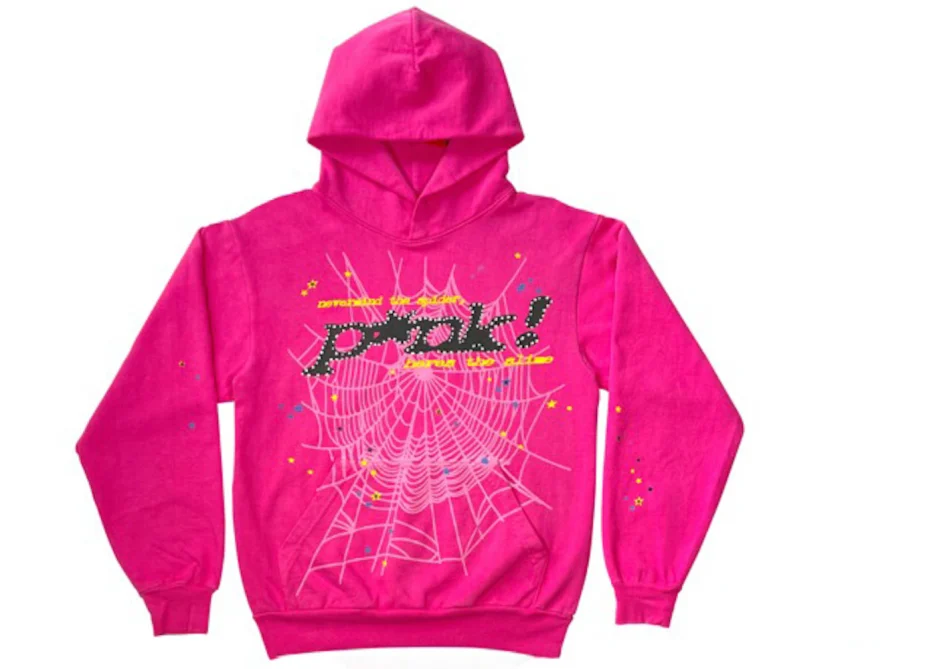In today’s competitive restaurant landscape, it’s not enough for food to simply taste good — it must look good too, not only on the plate but also on the page. This is where the art of the food menu illustration comes in, transforming an ordinary list of dishes into an inviting visual feast that sparks curiosity, sets the mood, and tempts the appetite before the first bite is ever taken.
The Story Behind Illustrated Menus
The idea of using illustrations to sell food isn’t new. Think of the charming chalkboards outside cafés, adorned with doodles of steaming mugs and flaky pastries, or the hand-painted menus at old diners depicting classic burgers and milkshakes. Visuals have long played a role in setting expectations and telling the story behind a meal.
However, in recent years, food menu illustration has evolved from simple decoration to a strategic design element. Restaurants, cafés, bakeries, and food trucks increasingly rely on custom illustrations to communicate their brand’s personality, stand out in social media posts, and create an immersive dining experience.
Why Illustrate a Menu?
An illustrated menu does more than just list dishes — it gives guests a taste of the experience to come. Illustrations can convey freshness, seasonality, and even evoke nostalgia or whimsy, depending on the establishment’s vibe.
For example, a rustic farm-to-table bistro might use watercolor vegetables and herbs to highlight their commitment to local produce. A hip urban café might opt for quirky, playful sketches that match their laid-back atmosphere. Even high-end restaurants can use elegant line drawings or minimalist illustrations to add sophistication without distracting from the gourmet fare.
When done well, a food menu illustration can:
-
Spark curiosity: Guests are more likely to try unfamiliar dishes when they’re intrigued by beautiful visuals.
-
Boost memory: Diners often remember and recommend dishes they “saw” first through a compelling image.
-
Reinforce branding: Illustrations can extend a restaurant’s story, making the dining experience feel more thoughtful and curated.
-
Encourage sharing: Illustrated menus often end up on Instagram feeds and stories, organically marketing the restaurant.
The Creative Process: From Concept to Completion
Creating an illustrated menu is a collaborative process between restaurateurs, graphic designers, and illustrators. It begins with defining the restaurant’s identity and the emotions the menu should evoke. Is the eatery cozy and nostalgic? Sleek and modern? Bold and experimental? The answers guide the visual direction.
Next comes sketching — the heart of any food menu illustration project. Artists might create detailed renderings of hero dishes, playful icons for sections (like a tiny coffee cup for drinks), or decorative borders inspired by the cuisine’s cultural motifs.
Once the sketches are approved, they’re refined digitally or by hand, then integrated with typography and layout. Color palettes are chosen with care — bright and bold for a youthful vibe, earthy and muted for a rustic feel. The final step is ensuring that the illustrations don’t overpower the actual menu content. The art must support the food, not overshadow it.
Different Styles of Food Menu Illustration
Like food itself, illustration styles are incredibly diverse. Here are a few popular approaches:
1. Watercolor Illustration
Soft, delicate watercolor illustrations are a favorite for bakeries, brunch cafés, and restaurants that want to convey freshness and warmth. Watercolor fruits, herbs, and desserts look inviting and pair beautifully with light, airy menu designs.
2. Hand-Drawn Sketches
Loose pencil or ink sketches lend an organic, authentic touch. This style is perfect for bistros, artisanal eateries, and farm-to-table concepts.
3. Chalkboard Art
Chalkboard-style menus never go out of fashion, especially for casual spots, coffee shops, and food trucks. The white-on-black look evokes nostalgia while feeling fresh and approachable.
4. Vintage Prints
Some restaurants use retro botanical or culinary illustrations that resemble old cookbooks. This works well for establishments that want to evoke tradition, heritage, or a sense of timelessness.
5. Modern Minimalism
Fine dining spots might opt for ultra-clean line art, focusing on subtle hints rather than detailed depictions. This complements high-end dishes where presentation is key.
Practical Tips for Restaurateurs
If you’re considering adding food menu illustration to your dining experience, keep these tips in mind:
-
Work with a professional: Hire an illustrator whose style aligns with your brand. Freelance marketplaces, design studios, and local artists are great places to start.
-
Keep it legible: While art is important, readability is essential. Make sure text doesn’t get lost in the visuals.
-
Think about print and digital: Many restaurants now share menus online. Choose illustration styles that look good both in print and on screens.
-
Stay on brand: Every element, from illustrations to fonts and colors, should work together to tell a cohesive story.
-
Refresh seasonally: If your menu changes often, consider seasonal illustrations — pumpkins for fall specials, fresh berries for summer, or holiday-themed doodles.
The Rise of DIY Menu Illustration
Not every restaurant has the budget for a full custom design. For smaller eateries, DIY tools like Canva, Procreate, or simple pen-and-paper sketches can still elevate a menu. Many illustrators also sell pre-made graphics that can be adapted with minimal effort, providing a cost-effective way to add flair.
Chalkboards, paper table menus, or illustrated placemats can double as creative canvases for staff to add daily specials or fun messages. This personal touch can turn an ordinary meal into a memorable experience.
Beyond the Menu: Expanding the Art
The impact of food menu illustration doesn’t stop at the menu itself. Many restaurants extend their illustrations to packaging, signage, social media posts, and merchandise. Branded tote bags, stickers, or takeaway boxes adorned with your restaurant’s unique illustrations can reinforce your identity and delight customers long after they leave.
Final Thoughts
Food is art, and the menu is the first brushstroke. Investing in thoughtful food menu illustration can transform a static list of dishes into an engaging, appetite-whetting piece of art. Whether it’s a cozy sketch of a latte, a vibrant watercolor of summer produce, or an elegant line drawing of a signature entrée, a well-illustrated menu turns dining into a multisensory story — one that starts long before the first bite and lingers long after the table is cleared.
So, next time you sit down to plan a new menu, think beyond fonts and prices. Imagine how your food can come alive on the page — and how your guests’ appetites might follow.




